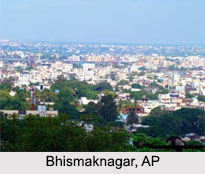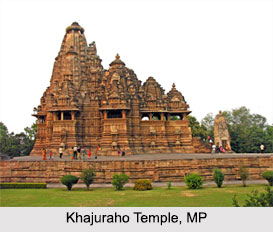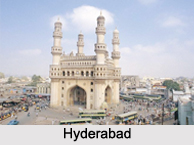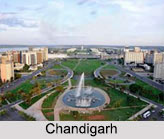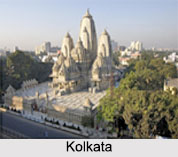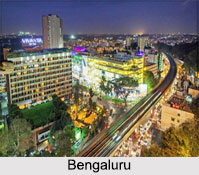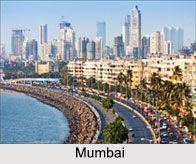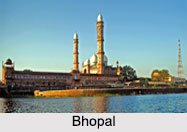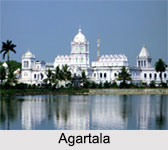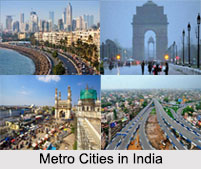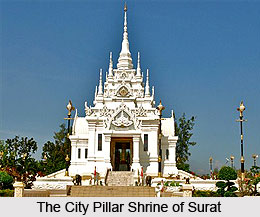 History of Surat begins in the epic period and also has its mention in both Ramayana and Mahabharata. During the reigns of Mughal emperors, Surat rose to be the chief commercial city of India. As the chief port on the western seaboard of that time, Surat also served as the sailing port for the Hajj to Mecca.
History of Surat begins in the epic period and also has its mention in both Ramayana and Mahabharata. During the reigns of Mughal emperors, Surat rose to be the chief commercial city of India. As the chief port on the western seaboard of that time, Surat also served as the sailing port for the Hajj to Mecca.
According to the history of Surat, at the end of the 16th century the Portuguese were unquestionable masters of the Surat sea trade. In 1608, ships from the British East India Company started docking in Surat, which was established as a trade transit point. In 1612, the British Captain best, and after him Captain Downton, destroyed the Portuguese naval supremacy and established a British factory at Surat following the Battle of Swally. The city was made the seat of a presidency under the British East India Company after the great success of the embassy of Sir Thomas Roeto the court of emperor Jehangir. The Dutch also founded a factory. This period was one of the most significant one in the history of Surat.
In the history of Surat, the city was known to be the city of Kubera, the God of Wealth.In1664 the Maratha leader Shivaji ransacked and looted Surat. This looted wealth later was used for development and strengthening of the Maratha Empire. From that date Surat began to decline with the rise of British interests in Bombay, and Shivaji sacked the city again in 1670. This depressed era in the history of Surat was changed by 1689. The British East India Company moved the seat of presidency to Bombay. The British again took Surat in 1759, and the conquerors took control of the entire government of the city in the year 1800. Since the introduction of British rule, the city and the surrounding district remained comparatively tranquil; and even during the Revolt of 1857(also known as the first struggle for India`s independence) peace was not disturbed, owing in great measure to the loyalty of the leading Muslim families to the British and to the largely commercial interests of the local population.
The modern history of Surat narrated a devastating fire and flood in 1837 that destroyed many of buildings of the city. Among the interesting monuments that survive that destruction are the tombs of English and Dutch merchants and their families, dating to the 17th century. By the early 20th century, the population of Surat had slowly climbed to 119,306 and Surat became a center of trade and manufacturing, although some of its former industries, such as shipbuilding became extinct. There were cotton mills, factories for ginning and pressing cotton, rice-cleaning mills and paper mills. Superior cotton goods were woven on handlooms, and there were special manufactures of silk brocade and gold embroidery, known as Jari. The chief trades from Surat were organized in guilds. Manufacturing and trading brought an eclectic mix of ethnicities to Surat, making the growth of the city memorable and its culture unique.
In 1992, violent riots took place between Hindus and Muslims in Surat. In 1994, heavy rains led to intense flooding of the city. Acute contamination of environment led to plague epidemic that spread through the city. The municipal commissioner during that time worked hard in the late 1990s to clean the city up, after which it was attributed in many circles as the `second-cleanest city in India`.
In the second week of August 2006, a destructive flood caused severe damage to the city of Surat. In less than three days, at least 120 people died. More than 4,000 animal carcasses were later taken out of the mud. Two weeks after the floods, Surat`s diamond-polishing factories were practically empty of workers, however the history of Surat has left many evidences to say that the city has grown from severe sufferings. On April 29, 2007, Surat`s first domestic airport was inaugurated and scheduled flights began on May 6, 2007.
